How to Choose the Right Dust Collector for Your Industrial Needs Based on Air Quality Standards
In various industrial settings, maintaining optimal air quality is crucial for both worker safety and compliance with stringent regulations. With over 4 million people in the U.S. exposed to hazardous dust particles at work, the selection of an appropriate Dust Collector becomes essential not only for meeting air quality standards but also for enhancing overall operational efficiency. According to the U.S. Environmental Protection Agency, industries that manage particulate matter effectively can see reductions in health issues and associated costs. Additionally, a well-chosen Dust Collector can improve productivity by creating a safer, cleaner workspace, ultimately reducing the risk of downtime due to air quality violations. As the landscape of industrial compliance continues to evolve, understanding how to choose the right Dust Collector tailored to specific air quality requirements is more important than ever.
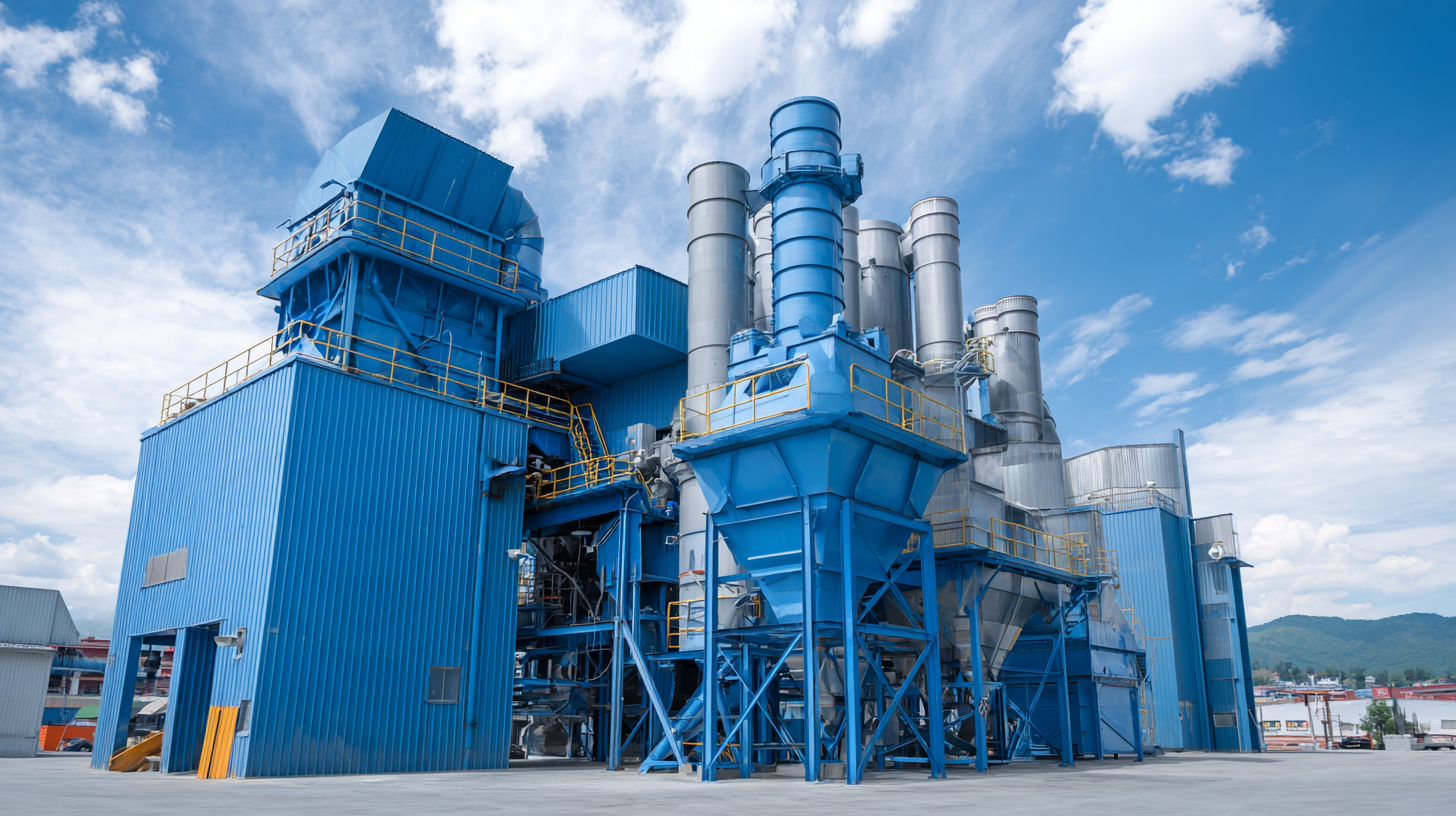
Understanding Air Quality Standards Relevant to Dust Collection
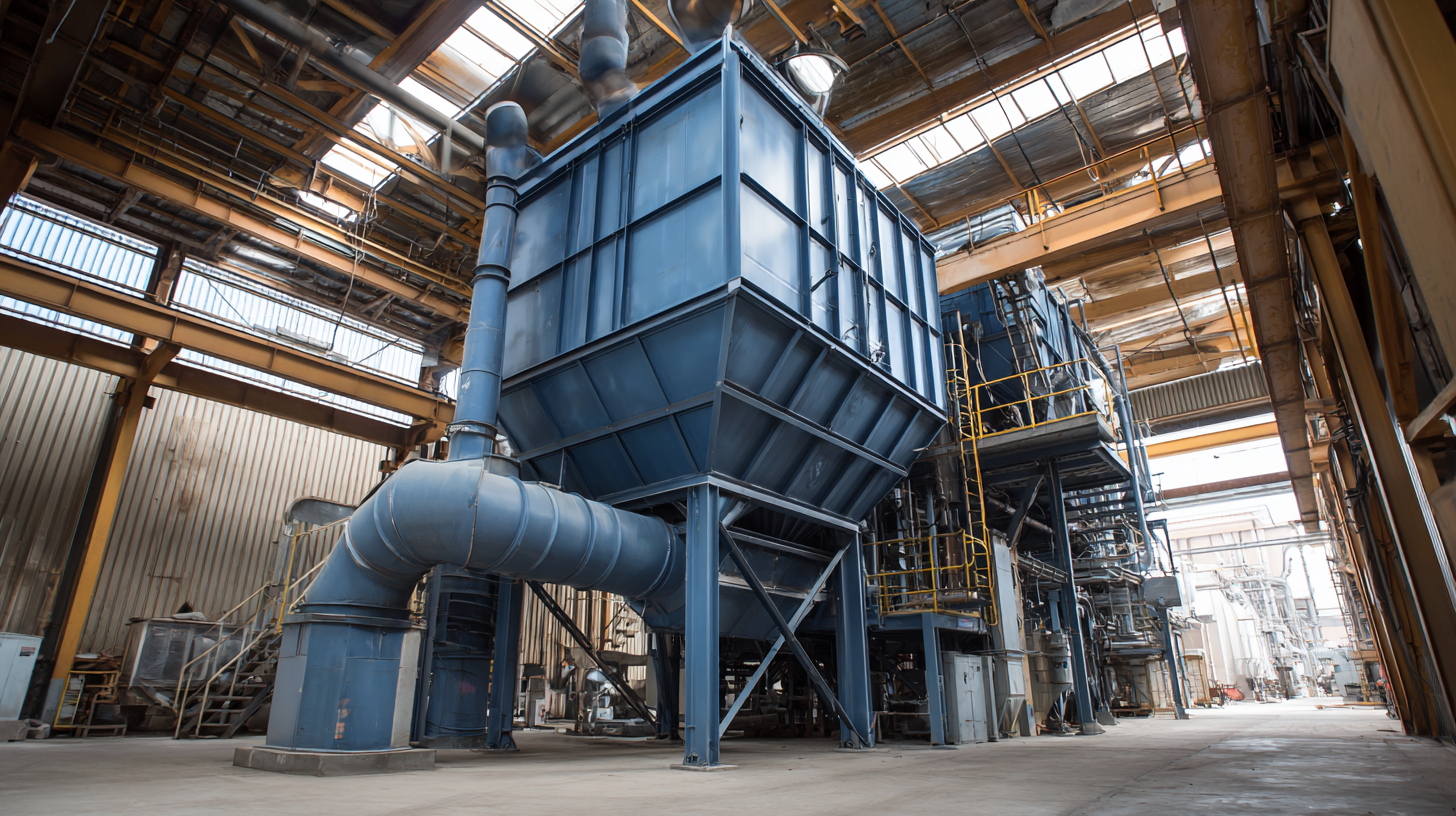 When selecting a dust collector for industrial applications, understanding relevant air quality standards is crucial. These standards, often set by regulatory bodies such as OSHA or the EPA, define permissible levels of airborne particulate matter to safeguard worker health and the environment. Compliance not only ensures legal adherence but also enhances overall workplace safety and productivity. Key metrics to consider include Total Suspended Particulates (TSP) and respirable dust concentrations, which help you evaluate the effectiveness of your chosen dust control system.
When selecting a dust collector for industrial applications, understanding relevant air quality standards is crucial. These standards, often set by regulatory bodies such as OSHA or the EPA, define permissible levels of airborne particulate matter to safeguard worker health and the environment. Compliance not only ensures legal adherence but also enhances overall workplace safety and productivity. Key metrics to consider include Total Suspended Particulates (TSP) and respirable dust concentrations, which help you evaluate the effectiveness of your chosen dust control system.
Tips: To start, assess the specific air quality regulations that apply to your industry. This includes local, state, and federal requirements. Conducting an air quality assessment may also help identify the types of dust generated in your facility. Additionally, consider the efficiency ratings of dust collectors, such as their filtration efficiency and air-to-cloth ratio, to ensure they meet or exceed the established standards.
Ultimately, balancing your operational needs with air quality compliance will lead you to the best dust collector choice. Regularly review and update your dust management practices, as standards may evolve and your facility's dust profiles may change over time.
Identifying Your Specific Industrial Dust Collection Needs
When determining your industrial dust collection needs, it's crucial to begin with a comprehensive assessment of the types of dust and particulates generated in your facility. Different industries produce various dust types, including wood, metal, or chemical particles, each requiring specific filtration technologies. Understanding the particle size, density, and potential toxicity can significantly influence the selection of the right dust collector. For example, finer particles may necessitate a high-efficiency particulate air (HEPA) filter, while larger, heavier particles might be effectively managed with a cyclone separator.
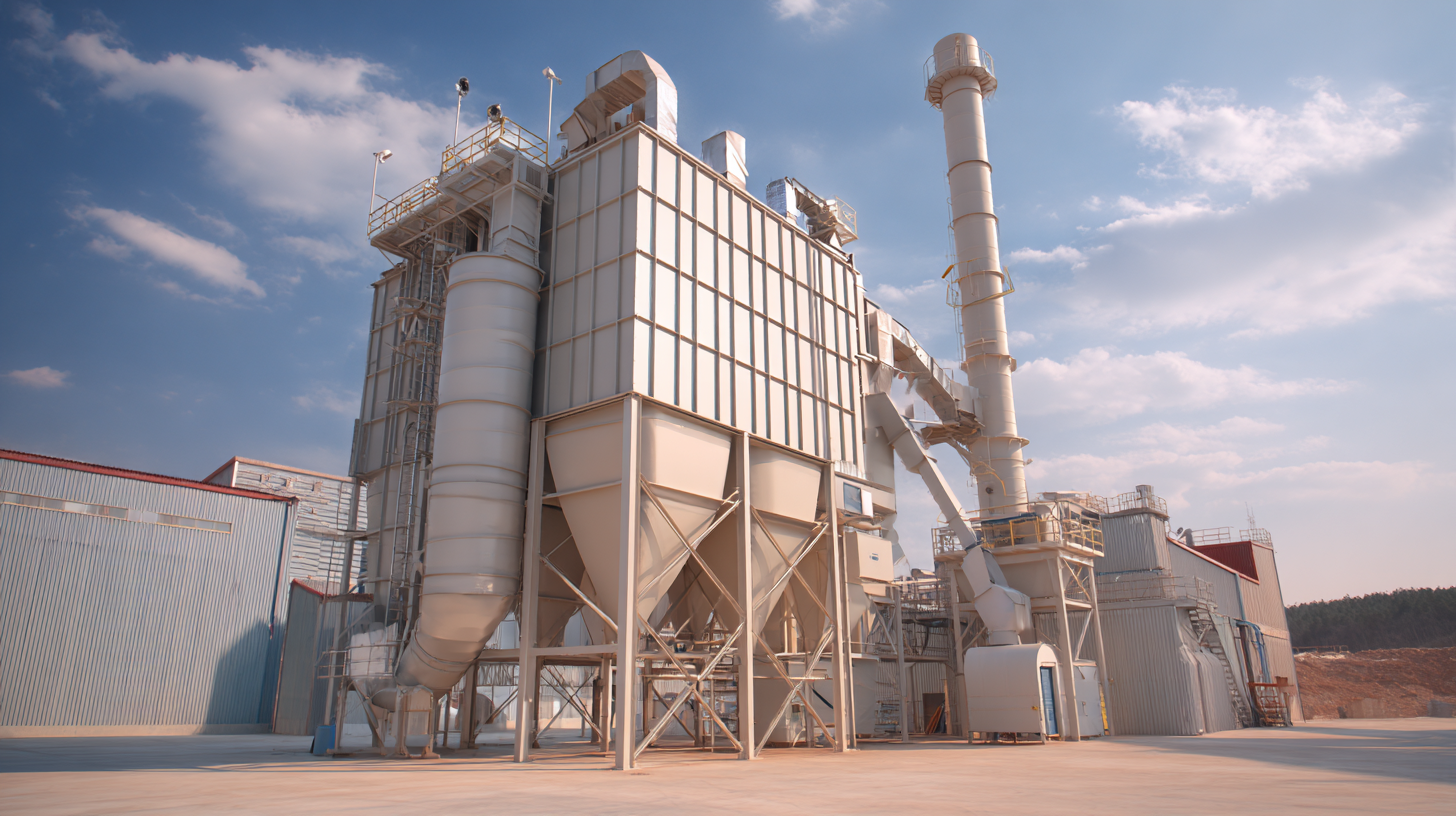
Another essential aspect is evaluating your facility's air quality standards and regulations. Compliance with local and federal air quality mandates is not just a legal requirement but also a commitment to ensuring a safe working environment. The chosen dust collector must meet these regulations and integrate smoothly into your existing systems. Consideration should also be given to airflow requirements and the overall system design to minimize energy consumption while maintaining optimal performance. By meticulously identifying these specific dust collection needs, you can make an informed decision that not only enhances workplace safety but also improves operational efficiency.
Evaluating Different Types of Dust Collectors and Their Applications
When selecting the right dust collector for industrial applications, it is crucial to evaluate various types and their specific uses based on air quality standards. The performance of dust collectors can be influenced by factors like the particle size of dust, airflow requirements, and the types of materials being processed. For instance, wet-type swirl dust collectors, often utilized in tunnel excavation, have shown significant improvements in dust purification, especially for fine particulate matter. These units employ rotary atomizing nozzles to enhance performance, effectively increasing filtration efficiency in challenging environments.
In addition to this, studies have highlighted the importance of cleaning techniques to maintain the effectiveness of dust collectors. A recent evaluation of reverse pulsed-flow cleaning systems has demonstrated how such methods can extend the lifespan of filtration units, reducing downtime and enhancing operational efficiency. Moreover, efficiency tests on coal dust suppression have revealed the positive impact of surfactants in various formulations, suggesting that tailored solutions can significantly improve dust control in specific settings. By considering these insights and data, industries can make informed decisions on the most suitable dust collection systems, ensuring compliance with air quality standards while optimizing performance.
Assessing Efficiency and Performance Metrics for Dust Collectors
Choosing an effective dust collector for industrial environments demands a deep understanding of efficiency and performance metrics. Recent studies indicate that the innovative electrospray cyclone (ESC) can significantly enhance dust collection, particularly for submicron particles, marking an advancement in addressing fine particulate matter that traditional systems often struggle with. Performance evaluations highlight that systems with high-efficiency ratings are crucial for compliance with air quality standards, especially in sectors such as coal mining where dust generation is prevalent.
Tips: When selecting a dust collector, consider the specific application and particle size, as well as the operational environment. Performance metrics like dust suppression efficiency and airflow control should guide your choice. For instance, a recent investigation revealed that low-pressure pulse cleaning methods can effectively enhance dust removal efficiency, making them ideal for specific filtration systems.
Moreover, ongoing evaluations of composite dust suppressants derived from sustainable materials showcase the industry's shift toward environmentally friendly solutions, providing a viable alternative without compromising performance. Aim to select dust control technologies that not only meet current regulatory standards but also minimize environmental impact while maximizing operational efficiency.
How to Choose the Right Dust Collector for Your Industrial Needs Based on Air Quality Standards - Assessing Efficiency and Performance Metrics for Dust Collectors
| Dust Collector Type | Filtration Efficiency (%) | Airflow Rate (CFM) | Power Consumption (kW) | Noise Level (dB) | Maintenance Frequency (Months) | Cost Estimate ($) |
|---|---|---|---|---|---|---|
| Baghouse Collector | 99 | 1,200 | 5.5 | 85 | 6 | 15,000 |
| Cyclone Collector | 94 | 2,500 | 7.5 | 78 | 12 | 10,000 |
| Cartridge Collector | 99.5 | 800 | 4.0 | 82 | 8 | 12,500 |
| Wet Collector | 95 | 1,500 | 6.0 | 75 | 10 | 20,000 |
| Electrostatic Collector | 99.9 | 3,000 | 10.0 | 70 | 24 | 25,000 |
Budget Considerations and Long-Term Maintenance for Dust Collection Systems
When selecting a dust collector for industrial applications, budget considerations play a crucial role. The initial cost of the dust collection system is often just the tip of the iceberg; companies must also account for operational expenses, including energy consumption, filter replacements, and maintenance. Investing in a higher-quality system may come with a steeper upfront price but can lead to substantial savings in the long run due to greater efficiency and lower maintenance requirements. It’s essential to conduct a lifecycle cost analysis to better understand how your choice will impact financial resources over time.
Long-term maintenance is another critical factor in the performance and efficiency of dust collection systems. Regular upkeep not only ensures compliance with air quality standards but also prevents costly downtime caused by equipment failure. Establishing a maintenance schedule that includes inspections, filter changes, and system cleaning is vital. Furthermore, selecting a model with easily replaceable components can reduce maintenance time and costs. Ultimately, aligning the budget and maintenance strategy with the specific operational requirements and air quality standards will lead to a more effective and sustainable dust collection solution.
Choosing the Right Dust Collector
This bar chart illustrates the initial investment cost and annual maintenance cost for various types of dust collectors. Selecting the appropriate dust collection system depends on these financial considerations along with adherence to air quality standards.
Related Posts
-
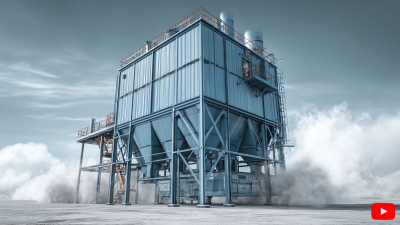
The Future of Efficient Dust Control with Advanced Bag House Systems
-
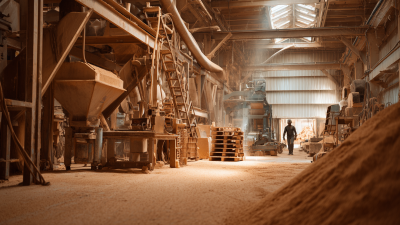
7 Reasons Why the Best Sawdust Collector is Essential for Your Workshop
-
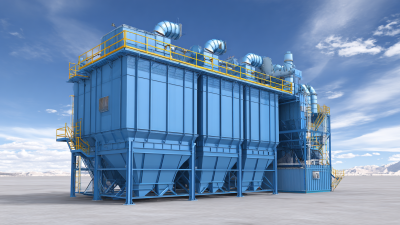
What is the Efficiency of the Best Baghouse Dust Collector in Industrial Applications
-

How to Choose the Best Bag House Filters for Your Industrial Needs
-

7 Compelling Reasons to Choose the Best Dust Collector Bags for Your Business
-
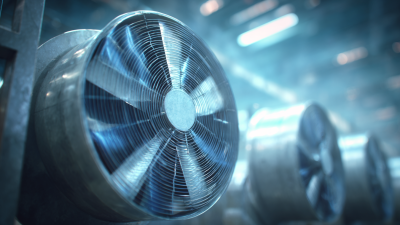
Unlocking Performance with the Technical Parameters of Best Axial Fans for Global Buyers
